Francis E. Warren Air Base Visitor Center (Formerly Fort D.A. Russell)
Introduction
Text-to-speech Audio
This former Army fort is now part of Francis E. Warren Air Base and this visitors center is where non-military personnel can gain access to the museum that is located on the base. Those who are able to tour the base can still get a sense of the layout of D.A. Russell. The fort was created in 1867 to protect rail traffic and demonstrate the nation's commitment to controlling the interior as wars with the Sioux and Cheyenne Indians began to increase. Though no known battles occurred near the fort, D.A. Russell was vital to protect settlers heading west and was essential to the growth of nearby Cheyenne. From the perspective of Native tribes who had been guaranteed sovereignty over these lands in previous treaties, the fort demonstrated the imperialistic nature of the American republic. The army fort was home to tens of thousands of troops who trained here before serving in the Spanish American War, World War I, and World War II. Following the establishment of the Air force, it became Francis E. Warren Air Base. Fort D.A. Russell Days are held annually to celebrate the importance of the fort and the time period in Wyoming's history.
Images
Aerial view of Fort Russell, circa 1890s-1900s

Earliest known photo of the fort, 1868
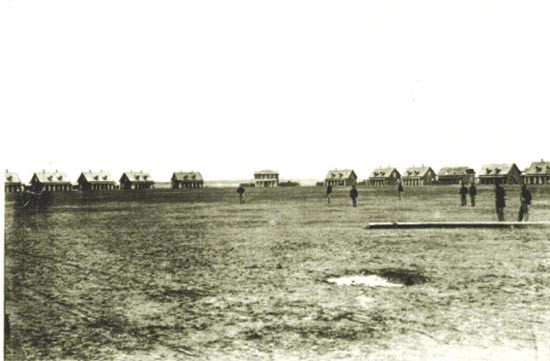
Layout of the fort
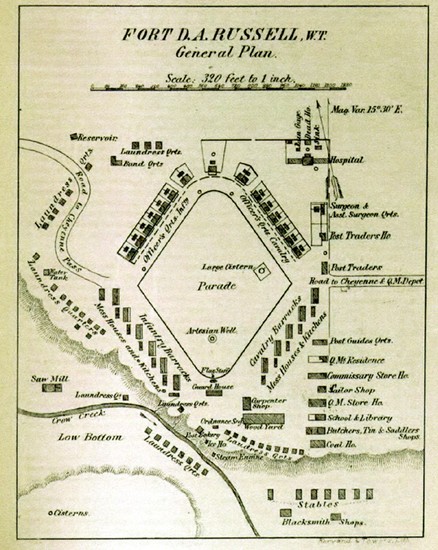
Officer's Row, 1868
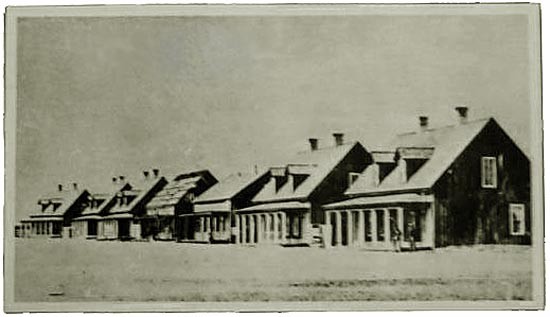
Postcard of men from the 9th Cavalry (An African American unit during the era of racial segregation) at Fort Russell
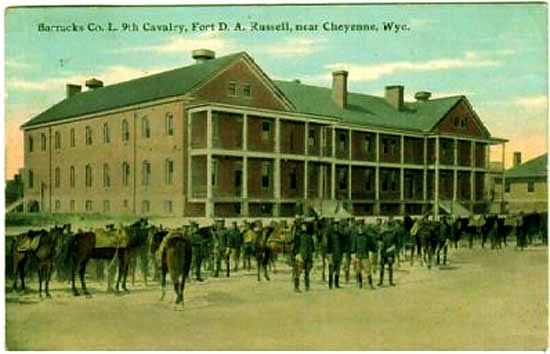
Cavalry in the fort, 1927
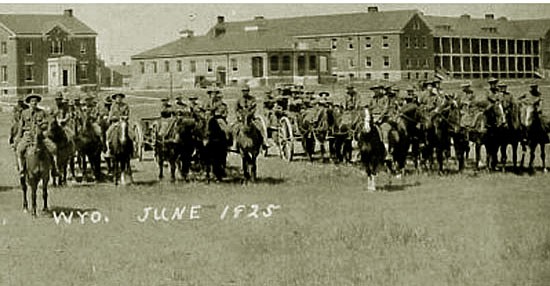
The renovated 1885 barracks
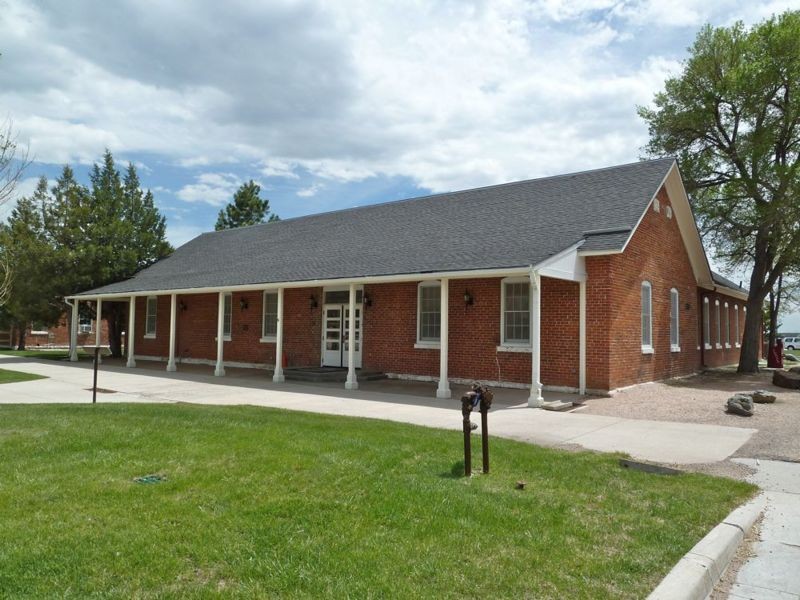
Renovated 1887 first brick hospital
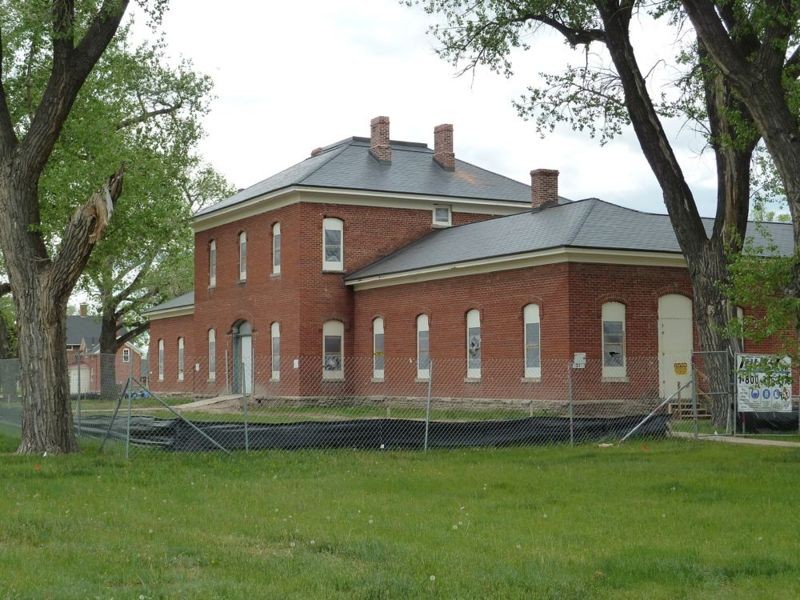
The Old Enlisted Barracks, as seen today
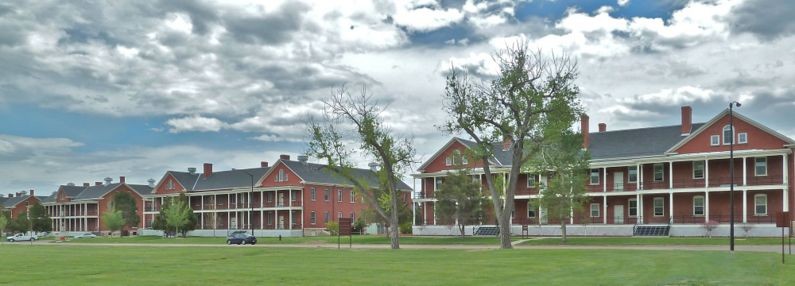
Francis E. Warren as Governor of Wyoming.
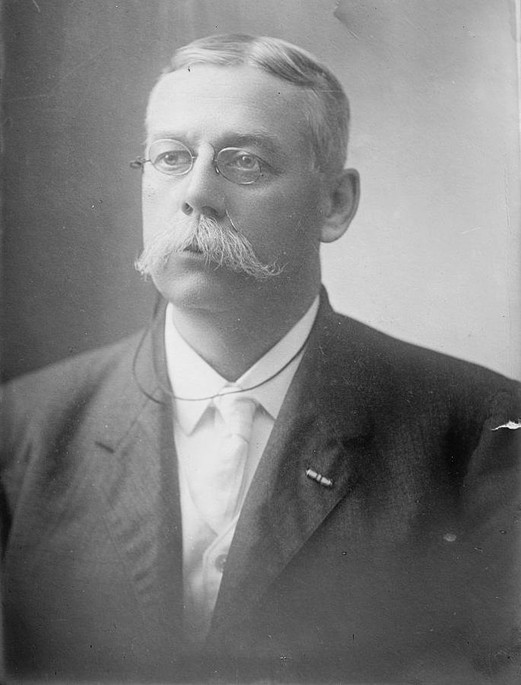
General D.A. Russell before his death in 1864. The original fort's namesake
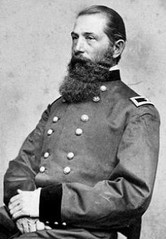
Backstory and Context
Text-to-speech Audio
Construction of the fort began in 1867 by men of the 30th US Infantry under command of Colonel John Stevenson. The fort was named after General D.A. Russell who was killed in the Third Battle of Winchester (also known as the Battle of Opequon) in 1864. Soon thereafter, units from the 2nd Cavalry arrived and garrisoned the fort. It became a permanent fort in 1884. By the turn of the century, three Black regiments were stationed here including units from the 9th and 10th Cavalry and 24th Infantry (these men were known at the tie as Buffalo Soldiers).
By 1919, D.A. Russell had grown as the largest cavalry base in the nation. After WW1, it was turned into an air base. The last cavalry units posted at Russell were deactivated in 1927 and in 1930, D.A. Russell became Fort Francis E. Warren. Francis E. Warren was the then Governor of Wyoming who had won the Medal of Honor for actions taken in Mississippi in 1863. During WW2, the now Warren served as a training facility for the Quartermaster Corps and a POW camp. In 1949 it became Francis E. Warren Air Base.
During the Cold War, it became part of Strategic Air Command (SAC) and held Peacekeeper missiles. At the end of the Cold War, the 20TH Air Force Wing moved its headquarters to Warren, where it remains today. Although old Fort D.A. Russell does not exist anymore, what is preserved is the fort's historic district and museum.
By 1919, D.A. Russell had grown as the largest cavalry base in the nation. After WW1, it was turned into an air base. The last cavalry units posted at Russell were deactivated in 1927 and in 1930, D.A. Russell became Fort Francis E. Warren. Francis E. Warren was the then Governor of Wyoming who had won the Medal of Honor for actions taken in Mississippi in 1863. During WW2, the now Warren served as a training facility for the Quartermaster Corps and a POW camp. In 1949 it became Francis E. Warren Air Base.
During the Cold War, it became part of Strategic Air Command (SAC) and held Peacekeeper missiles. At the end of the Cold War, the 20TH Air Force Wing moved its headquarters to Warren, where it remains today. Although old Fort D.A. Russell does not exist anymore, what is preserved is the fort's historic district and museum.
Sources
"Fort D. A. Russell". National Historic Landmark summary listing. National Park Service.
Adams, Gerald (1989). The Post Near Cheyenne. Boulder, Colorado: Pruett Publishing Company. pp. 9–10.
Hart, Herbert M., Tour Guide to Old Western Forts, Pruett Publishing Co., Boulder CO, 1980, page 197
Frazer, Robert W., Forts of the West, University of Oklahoma Press, Norman OK, 1965, page 184
Roberts, Robert B., Encyclopedia of Historic Forts: The Military, Pioneer, and Trading Posts of the United States, Macmillan, New York, 1988, 10th printing, page 858
Barnes, Jeff, Forts of the Northern Plains - Guide to Historic Military Posts of the Plains Indian Wars, Copyright 2008, Stackpole Books, page 175-180
